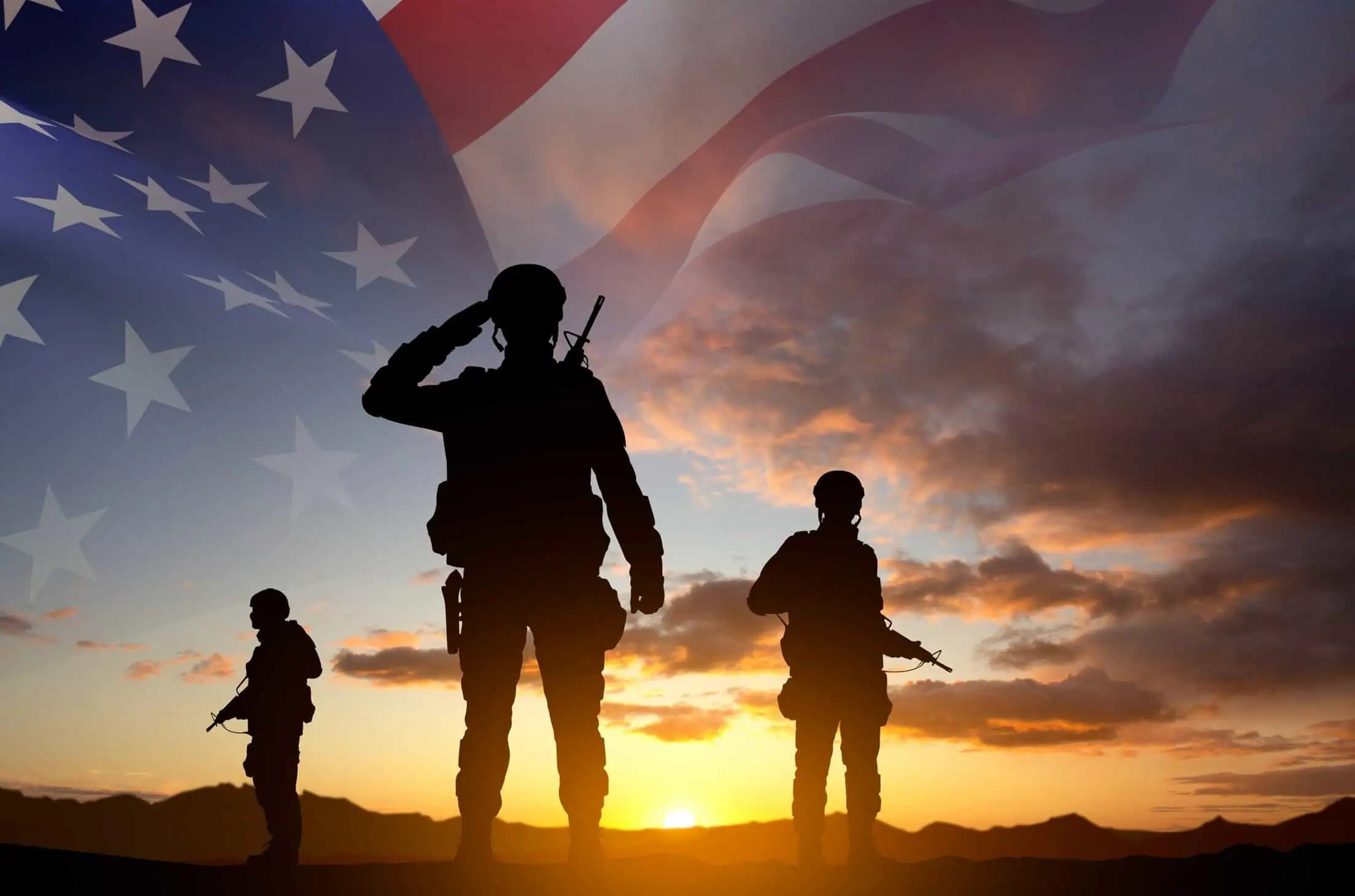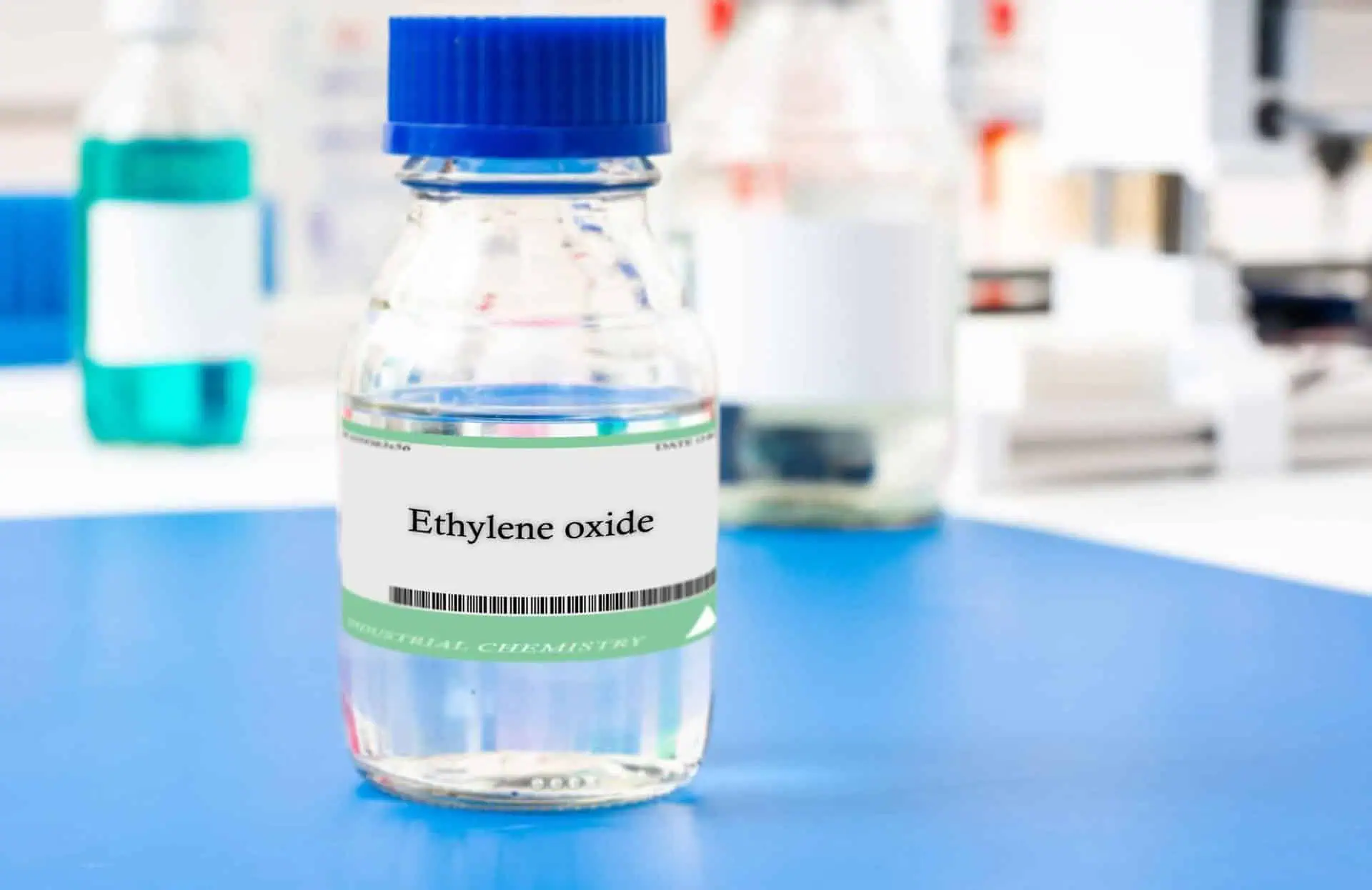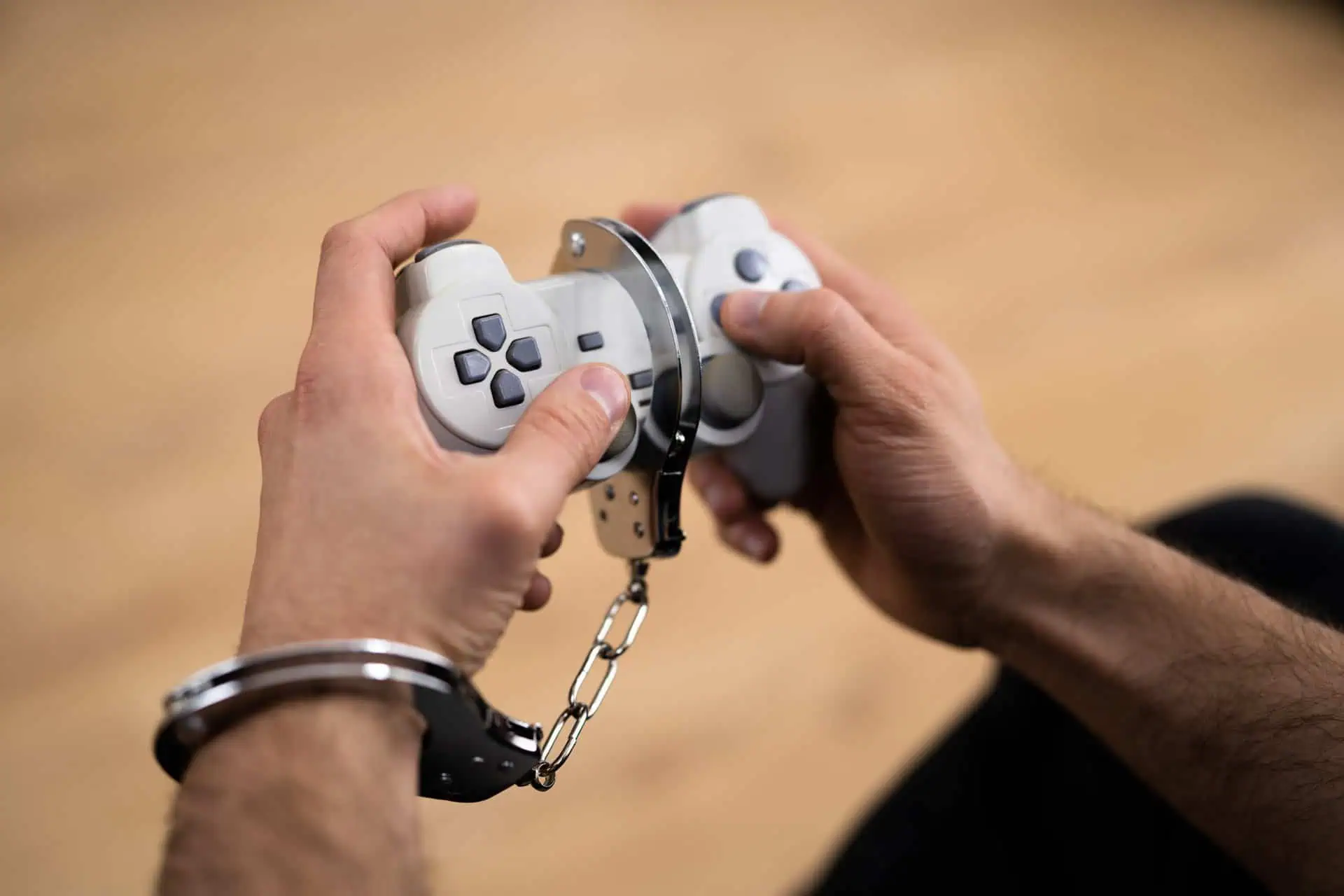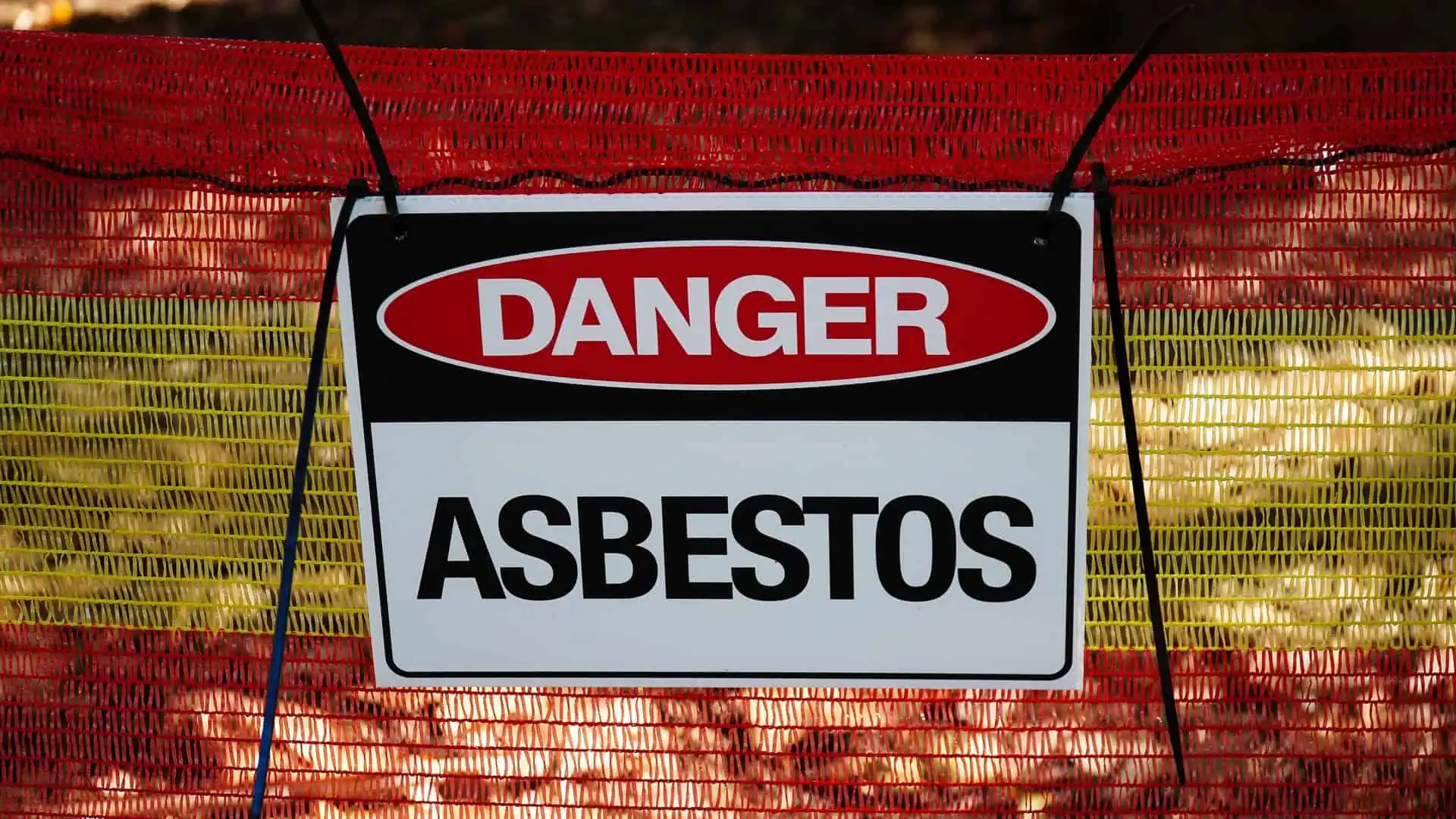Are Firefighters’ Uniforms Toxic?
- Last Updated: August 4th, 2023

Attorney Jessica Paluch-Hoerman, founder of TruLaw, has over 28 years of experience as a personal injury and mass tort attorney, and previously worked as an international tax attorney at Deloitte. Jessie collaborates with attorneys nationwide — enabling her to share reliable, up-to-date legal information with our readers.
Legally Reviewed
This article has been written and reviewed for legal accuracy and clarity by the team of writers and legal experts at TruLaw and is as accurate as possible. This content should not be taken as legal advice from an attorney. If you would like to learn more about our owner and experienced injury lawyer, Jessie Paluch, you can do so here.
Fact-Checked
TruLaw does everything possible to make sure the information in this article is up to date and accurate. If you need specific legal advice about your case, contact us by using the chat on the bottom of this page. This article should not be taken as advice from an attorney.
Are Firefighters’ Uniforms Toxic?
It is no secret that firefighters do some of the most dangerous work in the world.
They work tirelessly to protect their communities, and their exposure to the extreme heat and deadly smoke of fires requires them to have gear that they can feel confident will keep them protected.

It is painfully ironic, then, that the protective uniforms and equipment firefighters use in their work may be causing them harm.
According to the International Association of Fire Fighters (IAFF), the leading cause of death among firefighters is cancer, and they die of cancer at rates higher than the general population.
One purported reason for this is that firefighters’ work, gear, and equipment leave them more exposed to a certain class of chemicals called PFAS that have been associated with increased risks for both the environment and human health.
Table of Contents
What Are PFAS?
Per- and polyfluoroalkyl substances, or PFAS, make up a class of synthetic chemicals that began to be mass-produced in 1947 because they have a multitude of uses in industrial processes and consumer products.
They are particularly useful because of their unique ability to repel both water and oil.
They are found in products like these:
- Waterproof coatings and textiles
- Food containers and wrappers
- Chemical- and oil-resistant coatings
- Plastics
- Solar panels
- Cosmetics
- Shampoos
PFAS chemicals are controversial for two main reasons.
The first is that, due to the fact that the carbon-fluoride bond is the strongest bond in nature, PFAS have a high level of persistence in the environment.
Because of this, they are often referred to as “forever chemicals.”
The second reason for the controversy is that research has linked these chemicals to a number of adverse health effects in humans.
According to the Centers for Disease Control (CDC), these potential problems include:
- Heightened cholesterol levels
- Liver damage
- Pregnancy complications
- Birth defects
- Increased risk of testicular or kidney cancer
Firefighters and PFAS Exposure
The water- and oil-repellent properties of PFAS mean that the chemicals can be particularly useful in fighting fires.
A particularly common product that firefighters have used for decades against Class B fires that involve petroleum or other flammable liquids is called aqueous film-forming foam (AFFF).
According to the International Pollutants Elimination Network (IPEN), the use of this product has been linked to “unacceptably” heightened levels of PFAS in the blood of firefighters.
As a result, firefighters may be at risk of developing PFAS-associated health concerns that are matched only by people who directly produce PFAS and PFAS-containing products.
Yet while AFFF has received a lot of focus in the media and in the courts in recent years, it is now becoming clear that firefighting foam is not the only source of PFAS exposure for firefighters.
A 2020 study by scientists at the University of Notre Dame posits that firefighters are exposed to “significant quantities” of the chemicals via the chemicals in their protective gear.
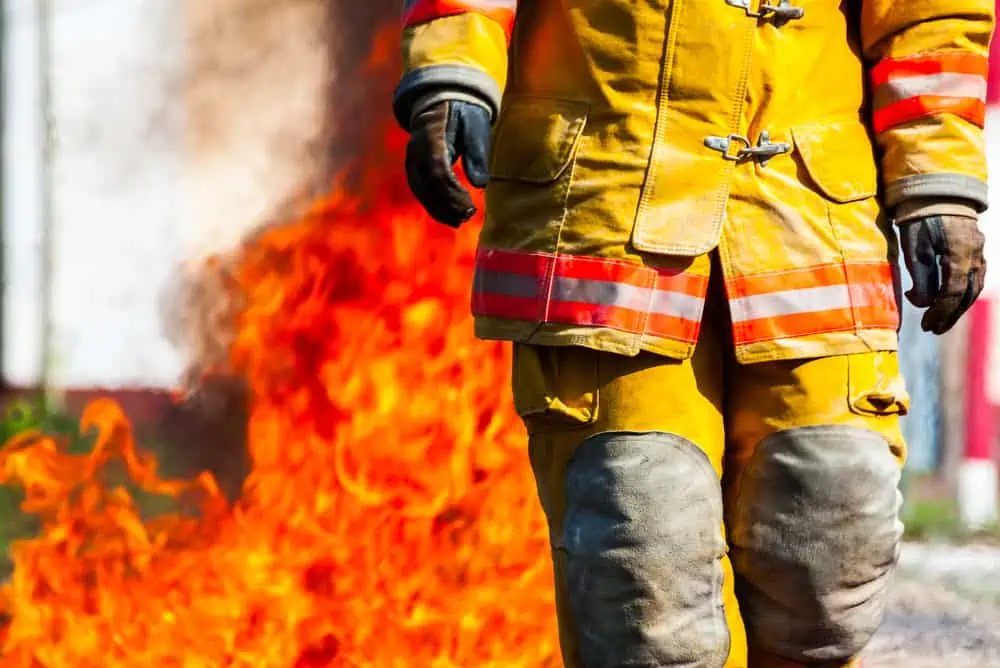 The particular group of PFAS that is used to make firefighting gear water- and oil-resistant is known as fluoropolymers.
The particular group of PFAS that is used to make firefighting gear water- and oil-resistant is known as fluoropolymers.
The Notre Dame paper notes that the levels of exposure from the firefighters’ protective garments are not enough to account for the total levels of PFAS present in the bodies of firefighters.
One question that remains to be answered is the degree to which humans are capable of absorbing PFAS chemicals through their skin.
In one study, mice that were exposed to high levels of one form of PFAS through the skin had lower levels of antibodies as well as reduced spleen and thymus weights.
It is unknown if these results would be similar in humans.
Nevertheless, the fact that firefighters’ uniforms contain such high levels of PFAS appears to be a significant factor is a serious cause for concern.
The Notre Dame study identified PFAS chemicals on the protective gear in the parts-per-billion range.
This is remarkable because scientists usually speak about these substances in terms of parts-per-trillion.
What Is Being Done to Address the PFAS Risks for Firefighters?
The IAFF has remarked that the study is an important step toward understanding the high levels of cancer in firefighters.
California and several other states are actively engaged in searching for safer alternatives to PFAS chemicals in textiles and other consumer products.
Furthermore, many fire departments are beginning to weigh implementing policies to minimize contact with protective gear when firefighters are not actively using it.
The federal government currently places no limits on PFAS levels.
The United States Environmental Protection Agency (EPA) has established a health advisory of 70 parts-per-trillion for the presence of the chemicals in drinking water, but the advisory is non-binding.
Current legal action on behalf of firefighters against the manufacturers of PFAS chemicals is one trend that may lead governments to consider stricter regulations on these substances.
If you believe you or your loved one has been harmed due to the manufacturers of PFAS chemicals, TruLaw can help.
TruLaw works with attorneys dedicated to fighting on your behalf.
Visit our instant Firefighting Gear Case Evaluator to check your eligibility to join our Firefighting gear case today!

Managing Attorney & Owner
With over 25 years of legal experience, Jessica Paluch-Hoerman is an Illinois lawyer, a CPA, and a mother of three. She spent the first decade of her career working as an international tax attorney at Deloitte.
In 2009, Jessie co-founded her own law firm with her husband – which has scaled to over 30 employees since its conception.
In 2016, Jessie founded TruLaw, which allows her to collaborate with attorneys and legal experts across the United States on a daily basis. This hypervaluable network of experts is what enables her to share the most reliable, accurate, and up-to-date legal information with our readers!
Here, at TruLaw, we’re committed to helping victims get the justice they deserve.
Alongside our partner law firms, we have successfully collected over $3 Billion in verdicts and settlements on behalf of injured individuals.
Would you like our help?
At TruLaw, we fiercely combat corporations that endanger individuals’ well-being. If you’ve suffered injuries and believe these well-funded entities should be held accountable, we’re here for you.
With TruLaw, you gain access to successful and seasoned lawyers who maximize your chances of success. Our lawyers invest in you—they do not receive a dime until your lawsuit reaches a successful resolution!
AFFF Lawsuit claims are being filed against manufacturers of aqueous film-forming foam (AFFF), commonly used in firefighting.
Claims allege that companies such as 3M, DuPont, and Tyco Fire Products failed to adequately warn users about the potential dangers of AFFF exposure — including increased risks of various cancers and diseases.
Depo Provera Lawsuit claims are being filed by individuals who allege they developed meningioma (a type of brain tumor) after receiving Depo-Provera birth control injections.
A 2024 study found that women using Depo-Provera for at least 1 year are five times more likely to develop meningioma brain tumors compared to those not using the drug.
Suboxone Tooth Decay Lawsuit claims are being filed against Indivior, the manufacturer of Suboxone, a medication used to treat opioid addiction.
Claims allege that Indivior failed to adequately warn users about the potential dangers of severe tooth decay and dental injuries associated with Suboxone’s sublingual film version.
Social Media Harm Lawsuits are being filed against social media companies for allegedly causing mental health issues in children and teens.
Claims allege that companies like Meta, Google, ByteDance, and Snap designed addictive platforms that led to anxiety, depression, and other mental health issues without adequately warning users or parents.
Transvaginal Mesh Lawsuits are being filed against manufacturers of transvaginal mesh products used to treat pelvic organ prolapse (POP) and stress urinary incontinence (SUI).
Claims allege that companies like Ethicon, C.R. Bard, and Boston Scientific failed to adequately warn about potential dangers — including erosion, pain, and infection.
Bair Hugger Warming Blanket Lawsuits involve claims against 3M — alleging their surgical warming blankets caused severe infections and complications (particularly in hip and knee replacement surgeries).
Plaintiffs claim 3M failed to warn about potential risks — despite knowing about increased risk of deep joint infections since 2011.
Baby Formula NEC Lawsuit claims are being filed against manufacturers of cow’s milk-based baby formula products.
Claims allege that companies like Abbott Laboratories (Similac) and Mead Johnson & Company (Enfamil) failed to warn about the increased risk of necrotizing enterocolitis (NEC) in premature infants.
Here, at TruLaw, we’re committed to helping victims get the justice they deserve.
Alongside our partner law firms, we have successfully collected over $3 Billion in verdicts and settlements on behalf of injured individuals.
Would you like our help?
